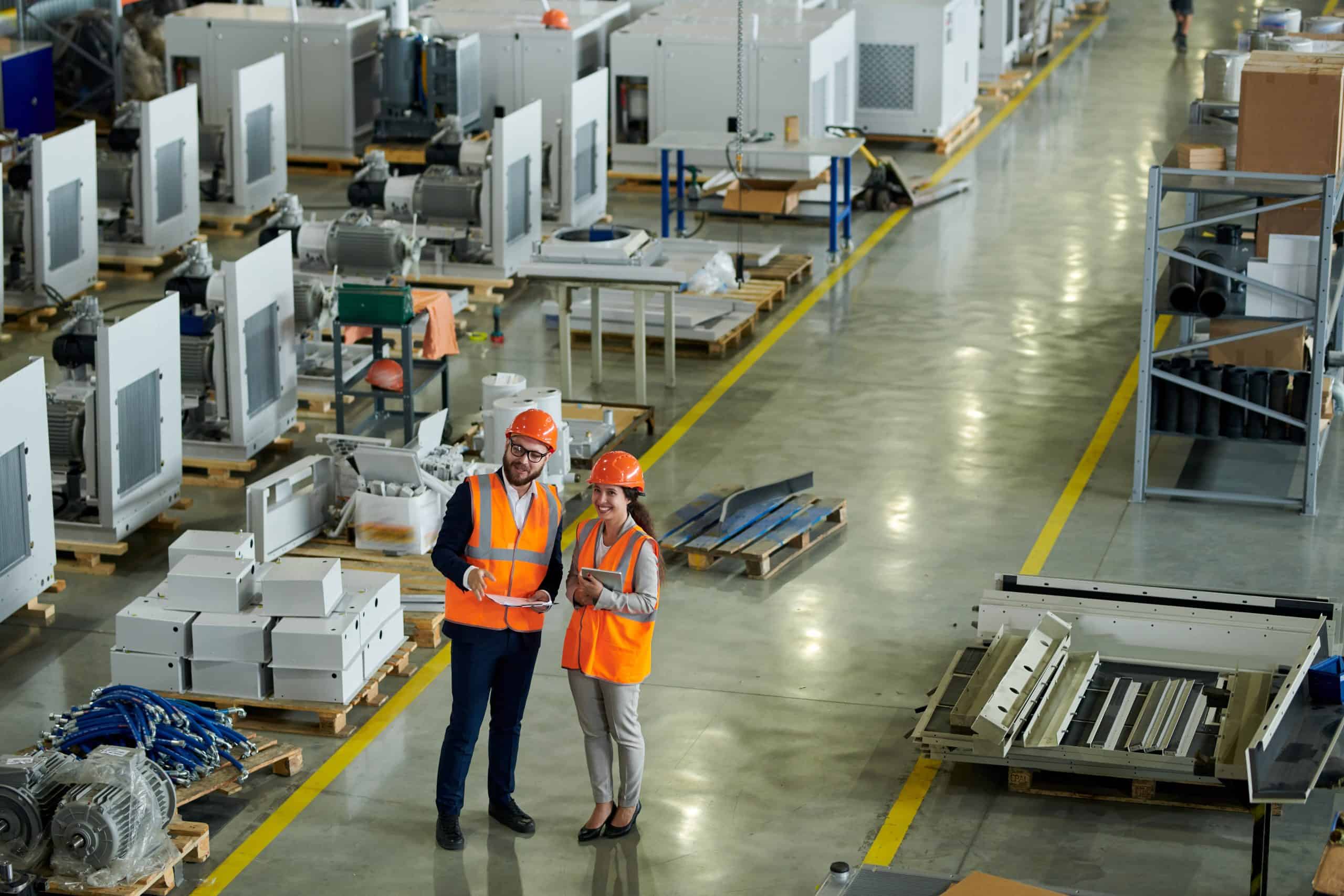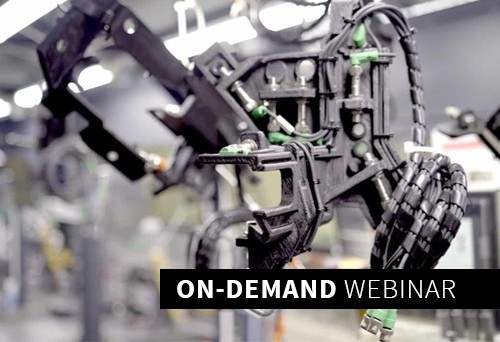Whether you are an experienced manufacturer or a new entrepreneur, the business landscape is continually evolving with greater acceleration and more significant changes.
In this article, we will consider six common challenges for manufacturers and how they can be overcome with smart solutions that really work. By anticipating these issues rather than firefighting problems as they arise, you can secure a more sustainable business model to scale your business and grow revenue.
Let’s explore six manufacturing challenges producers face and how you can ensure success for your business.
1. Lack of Skilled Workers
CHALLENGE
A troubling trend is steadily rising around the globe: the lack of skilled workers in the manufacturing sector. This is the product of lower employment rates in many countries, an aging workforce, a lack of tech-savvy labor, and the effects of the COVID-19 pandemic, just to name a few factors. A report by The Manufacturing Institute and Deloitte Consulting concludes that 22% of workers in U.S. manufacturing will be retiring in the next ten years. Additionally, they predict that the manufacturing skills gap could result in 2.1 million unfilled jobs by 2030. A report by Eurofound in 2019 found that Europe is not exempt from these struggles, as 39% of European manufacturing companies reported that their production was limited by labor shortages. This year, the German Chambers of Commerce and Industry (DIHK) explained that more than half of Germany's companies struggle to fill vacancies due to a lack of skilled workers.
SOLUTION
The accessibility of 3D printing technology, also known as additive manufacturing, allows a broader range of workers, including those with limited traditional manufacturing skills, to aid in product development, low-volume production, and full-scale manufacturing. 3D printing simplifies the production process by creating complex parts and prototypes directly from digital designs, carrying out intricate manufacturing processes with minimal human intervention. This reduces the need for highly skilled labor to operate machinery and perform manual tasks.
One solution to simplify the digital design process is scanning an existing part to create a 3D model, which can be 3D printed. Another option is using a design configurator to customize and adapt 3D-printable designs without needing in-depth design expertise. To learn more about design configuration, have a look at BigRep FLOW configurator apps.
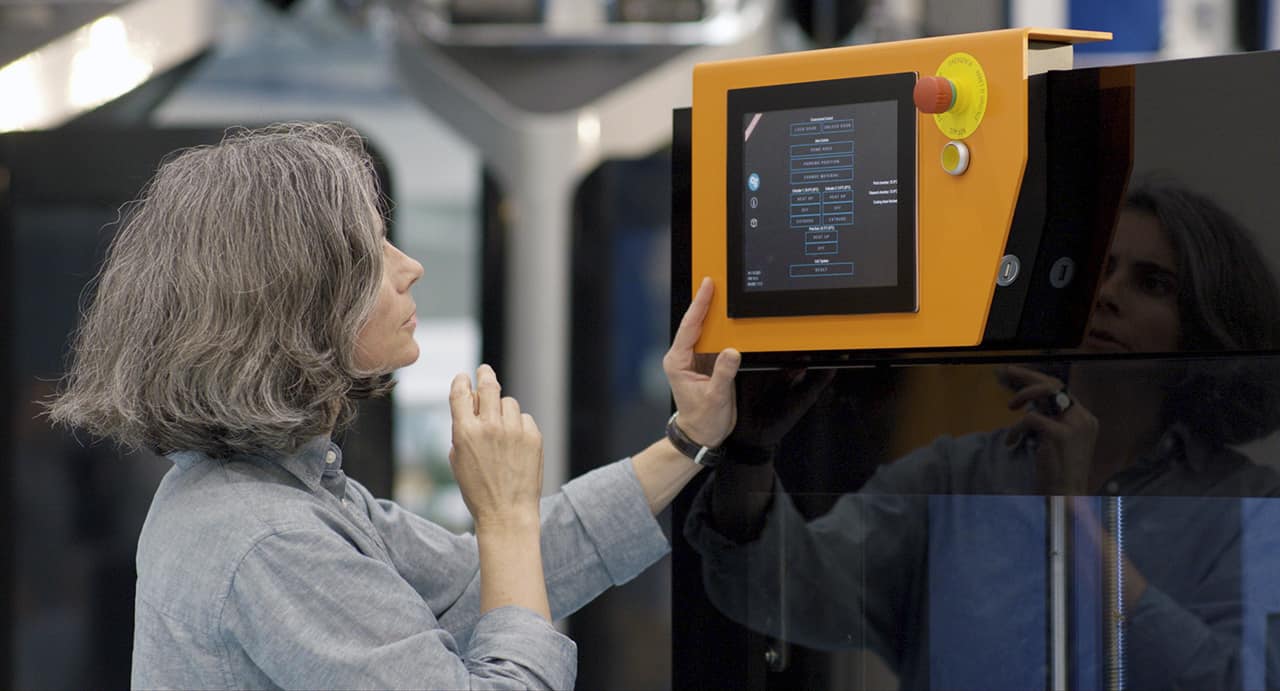
2. Inventory Management
CHALLENGE
Inventory management can be a real puzzle for manufacturers. Picture this: You've got to predict what customers want, but their desires are like a roller coaster, up and down. Plus, suppliers might send things late, putting your production on hold. Holding onto too much inventory costs you money, but running out is a disaster. And don't forget about products that can go bad or become outdated fast. It gets even trickier when you have many different products to handle, and deciding which ones to keep or drop is no simple task. Then there's the balancing act between having just enough inventory when you need it and keeping extra in case things go unexpectedly.
Forbes reports that today’s average manufacturing company carries thirty days more inventory than at the beginning of 2007. While adequate inventory is a crucial buffer for supply chain issues, it is also the primary source of waste for companies. Holding excess inventory ties up capital and incurs costs such as storage, insurance, and depreciation. In a world where everything is always changing, figuring out how to handle your inventory is like playing a game of strategy to stay ahead in the manufacturing world.
SOLUTION
As a means of rapid production, 3D printing allows for just-in-time manufacturing, where parts are produced precisely when they are needed. Thanks to significantly reduce lead times compared to traditional manufacturing methods, you can quickly respond to changes in customer demand to deliver on time. Often called the digital warehouse, 3D designs can be stored on a cloud or server to be 3D printed once an order is placed. This also reduces the risk of overproduction and minimizes the cost of holding excess inventory. The number of business 3D printing components, products, and spare parts on demand is steadily increasing with early adopters such as Deutsche Bahn, Bentley, Miele, and Shell, leading the way. If you want to learn more about 3D printed spare parts on demand, read the eBook Deutsche Bahn Goes Additive with BigRep.

3. Supply Chain Dependency and Transparency
CHALLENGE
As a manufacturer, you always depend on suppliers for materials, components, and services. However, each supply chain dependency introduces a potential risk of delays, lack of availability, or price increases. As your business grows, so do the potential risks of supply chain failures along with the complexity of logistics. And as we saw with the global supply chain gridlock during COVID-19, one issue can have massively far-reaching repercussions.
In addition to these practical supply chain concerns, consumers increasingly demand greater manufacturing transparency from companies. Today's customers prioritize quality and ethically produced items, plus they're willing to spend more for those products. A study conducted by researchers at the MIT Sloan School of Management revealed that consumers may be willing to pay an additional 2% to 10% for products with greater supply chain transparency. So, not only do manufacturers need to manage their supply chains to keep their business running, but they must also consider how those supplier choices will affect consumer confidence.
SOLUTION
With additive manufacturing, companies can produce locally, reducing dependence on distant suppliers and minimizing the impact of global disruptions. By using a digital warehouse, you can even produce locally with distributed manufacturing from afar: send your 3D file to be printed on location wherever the part is needed, With greater control of your supply chain, you also have more influence over lead times and fewer unexpected or increased costs.
By implementing 3D printing for in-house production, tracking and controlling your supply chain is much easier, allowing you to satisfy consumers' growing demand for transparency. You own your own production process, plus fewer steps and logistics require oversight. Localized manufacturing can allow more environmentally friendly production with reduced shipping and other logistics. For more information about how 3D printing can reduce supply chain dependency, read the eBook How to Reduce Lead Times with In-House Supply Chains.
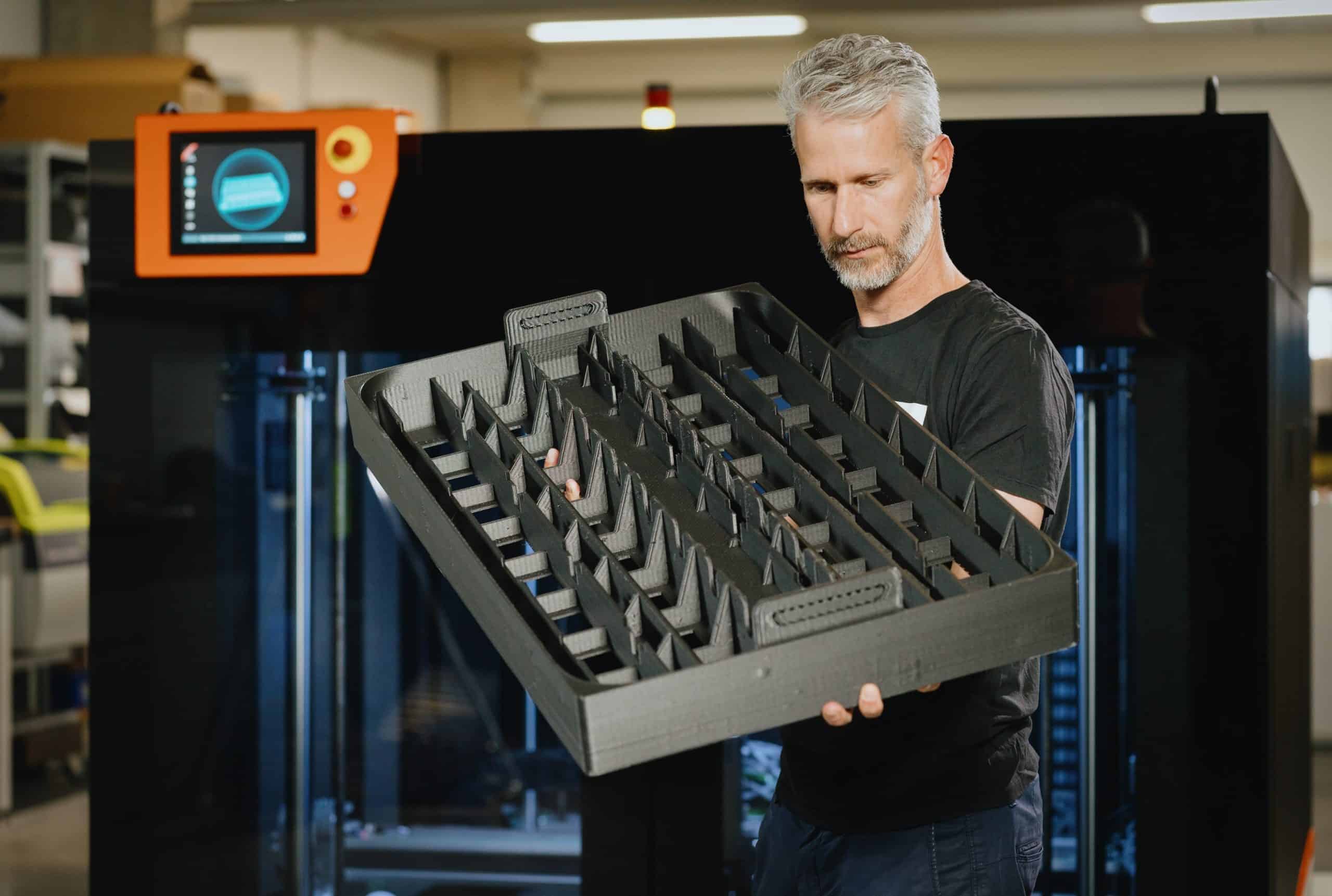
4. Mass Customization
CHALLENGE
An increasing number of industries and businesses are embracing the trend of mass customization. This movement encompasses well-established brands that have introduced customization features to expand their product offerings and boost their sales. It also includes niche manufacturers and startups, which benefit from not having costly legacy factories and intricate supply chains. Forbes claims that custom products are the future of small and medium-sized businesses, and The Deloitte Consumer Review reported that more than 50% of consumers showed interest in purchasing personalized products.
Customers are willing to pay more for unique products, and traditionally, manufacturers also spend more to produce them. For example, many plastic products are produced using expensive CNC-milled molds. This is cost-effective at scale, but the costs skyrocket for low-volume and unique production. Manufacturers are faced with the challenge of how to produce customized products at scale in a cost-effective way.
SOLUTION
With additive manufacturing, there are no added costs in unique and low-volume production. That means you can print identical or modified products, and the only factors changing the manufacturing costs are material usage and printing time variations. You have the greatest freedom of customization without added costs when 3D printing end-use parts and products. While traditional tooling, such as CNC-milled molds, is durable and long-lasting, the cost is prohibitive for single or limited use. 3D printed tooling may be less durable but can be the perfect solution for limited production and robust enough to get the job done. Read this blog to learn more about mass customization and the power of 3D printing.
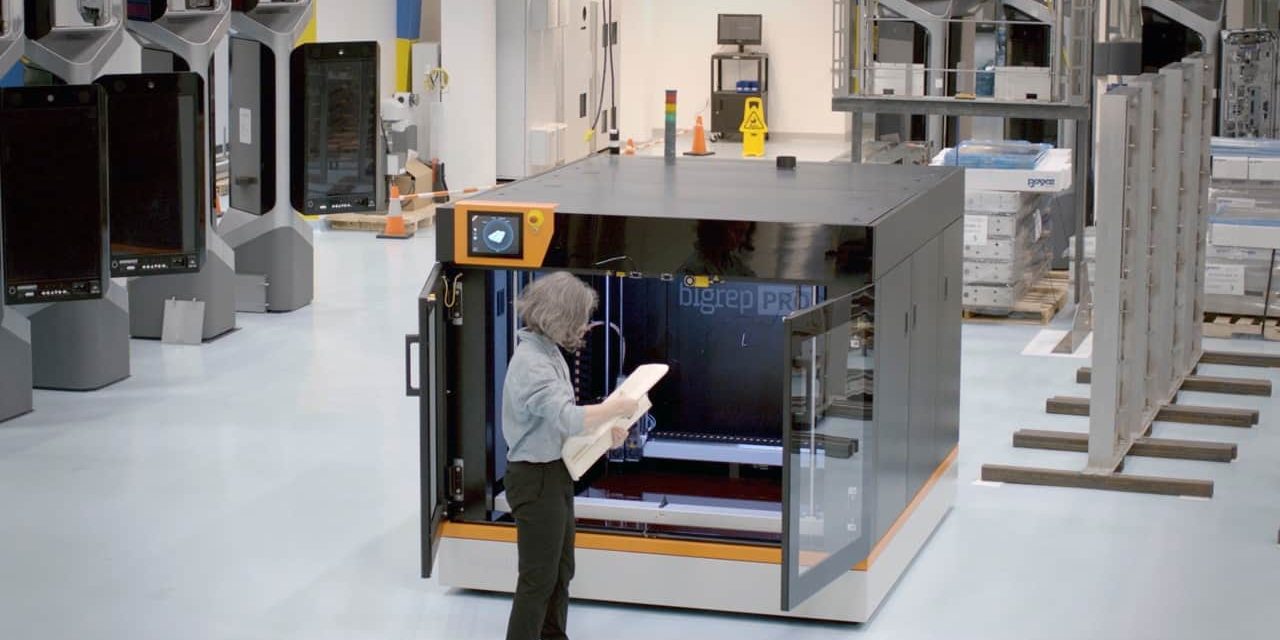
5. Scaling Your Business
CHALLENGE
One of the most unexpected challenges that manufacturers encounter is choosing the right time to scale your business. Scale up too early and you risk financial strain, operational challenges, and loss of quality. Scale too late and risk market saturation, missed opportunities, and a competitive disadvantage to more established companies. To decide when the time is right, you need to ask yourself the right questions. Is your product ready for market? If your product is not performing well, do you need to pivot the product offering or redesign it? Do you have the capacity to meet production requirements if demand increases?
SOLUTION
To ensure adequate quality, good product-market fit, and best product offering, you need to iterate your product design. With traditional production methods, this typically requires outsourcing and/or hand-made prototypes, and unfortunately, both of these are expensive and slow to produce. 3D printing is widely accepted as the best solution for rapid prototyping, so much so that the two are practically synonymous. Additive manufacturing lets you quickly produce a design or functional prototype, make changes as needed, and reprint until your product is perfect.
Large-format 3D printing also allows you to produce larger prototypes in full scale. If you find that your product is not performing well after you launch, you can repeat the iteration cycle to change the product as needed. And what if your product is perfect and demand is high? 3D printing can help you meet those demands with in-house production, simplified logistics, and reduced supply chains.
In short, additive manufacturing lets you get to market faster, plus it helps you ramp up production. To see some success stories of how 3D printing helped companies iterate fast, produce faster, and get to market faster, see the webinar Improve Time To Market for Commercial Vehicles.
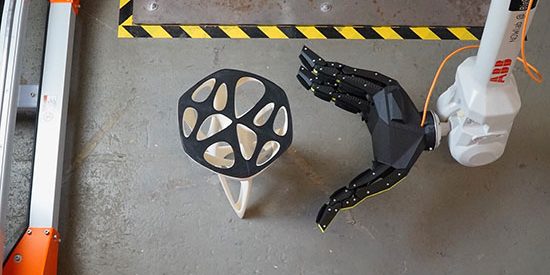
6. Keeping Up With Automation
CHALLENGE
New technological advancements seemingly occur every day, increasing demand and putting pressure on manufacturers to fulfill larger orders. Automation boosts productivity, increases quality, saves costs, and perhaps most importantly, it can collect and analyze data to influence decision-making for continually improved outcomes. The robotic process automation market was valued at $2.3 billion in 2022 and is expected to grow at a CAGR of nearly 40% from 2023 to 2030. This is concerning for small and medium businesses as they compete with large corporations that can afford to use AI to make their production lines more efficient. As automation has taken a foothold, it simply cannot be ignored as the future of manufacturing.
SOLUTION
A digitized workflow can help your business catch up to the automation super trend, and 3D printing can play a huge part in that. The key is choosing what processes and technologies need updating and how to integrate those within an existing workflow to become more agile and efficient.
Consider digitizing your prototyping process to iterate faster with more data-driven design iterations. Once in full production mode, you might produce 3D printed tooling to streamline your production process. Perhaps you choose to scan components to create perfectly customized 3D printed tools. Maybe you want to embed technology like sensors into those custom tools to provide valuable feedback during production. With an industrial 3D printer, you can expect reliable results with automation across the calibration and printing phases. You might incorporate 3D printing with robotics, milling, or AI so that the strengths of each technology can truly shine as part of an intelligent, automated solution.
Conclusion
3D printing is a transformative solution for manufacturing challenges. It simplifies complex processes, reducing the need for highly skilled workers. It also enhances supply chain resilience through localized, on-demand production, streamlines inventory management by minimizing stock needs, and enables cost-effective mass customization. With 3D printing, scaling your business becomes flexible and efficient, and automation seamlessly integrates into production, boosting productivity while cutting labor costs. Embrace 3D printing for a more agile, efficient, and future-ready manufacturing approach.
Want to learn more about manufacturing challenges overcome by adopting additive?
Watch the on-demand webinar Maximize Efficiency for Localized Production.
Learn how additive manufacturing can make a huge impact to reduce production costs and speed up manufacturing times. Particularly for low-volume and custom parts, highly skilled labor and outsourcing can massively inflate costs and lead times. Learn how large-format 3D printing can streamline processes, simplify logistics, and minimize supply chain risks to deliver the biggest business impact. Don't miss out, register for the webinar:
INDUSTRIAL QUALITY MEETS COST EFFICIENCY.
COMPLEX PARTS IN LARGE SCALE.
The BigRep PRO is a 1 m³ powerhouse 3D printer, built to take you from prototyping to production. It provides a highly scalable solution to manufacture end-use parts, factory tooling or more with high-performance, engineering-grade materials. Compared with other manufacturing and FFF printing solutions, the PRO can produce full-scale, accurate parts faster and at lower production costs.
INDUSTRIAL QUALITY MEETS COST EFFICIENCY.
COMPLEX PARTS IN LARGE SCALE.
The BigRep PRO is a 1 m³ powerhouse 3D printer, built to take you from prototyping to production. It provides a highly scalable solution to manufacture end-use parts, factory tooling or more with high-performance, engineering-grade materials. Compared with other manufacturing and FFF printing solutions, the PRO can produce full-scale, accurate parts faster and at lower production costs.
